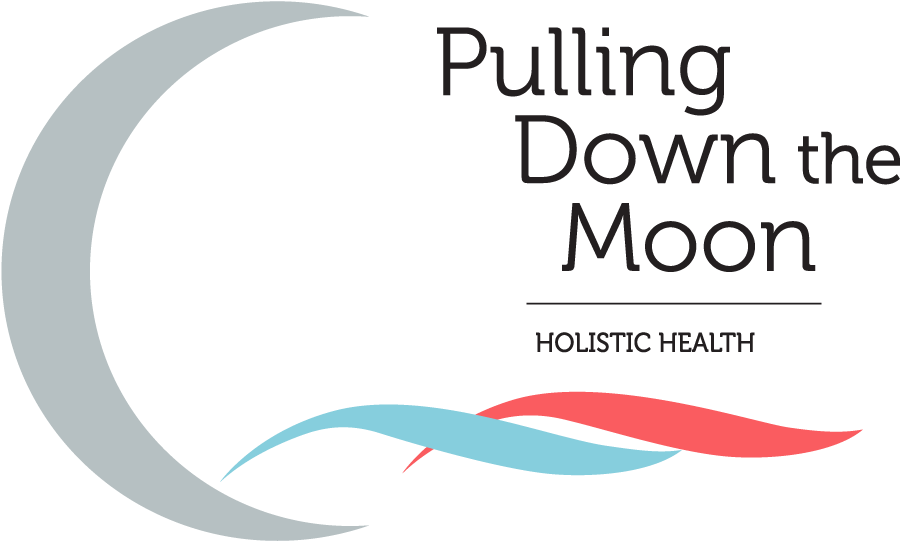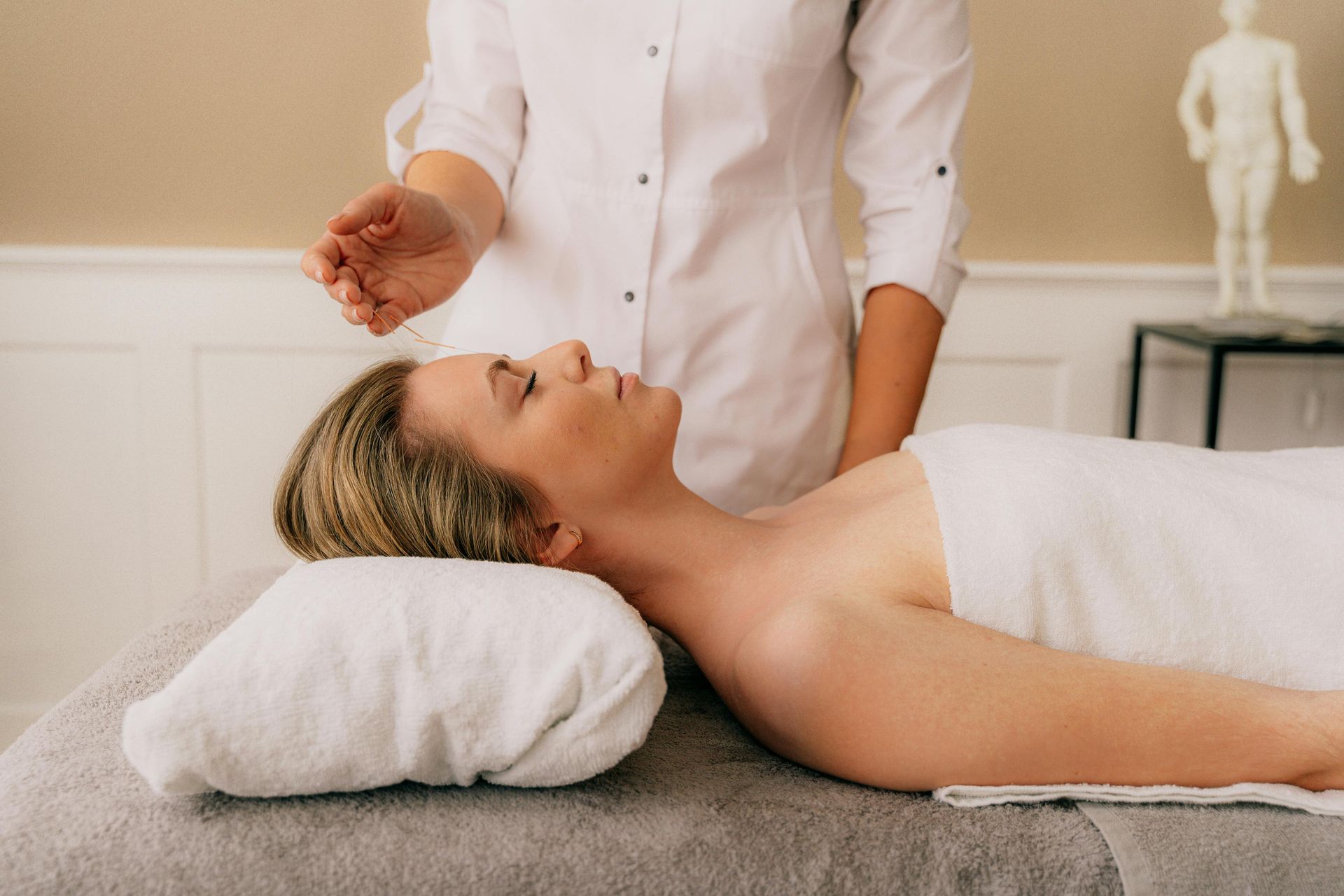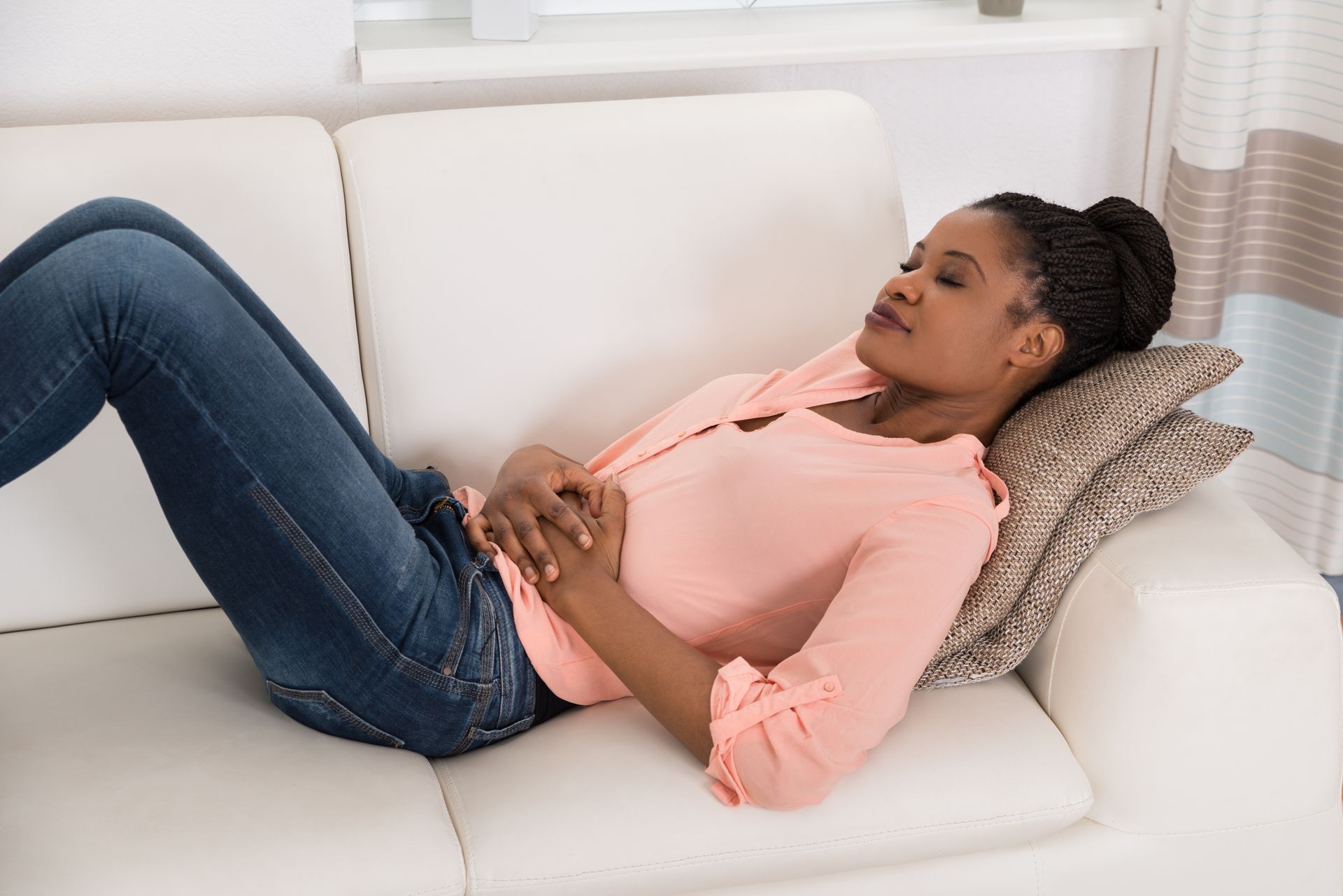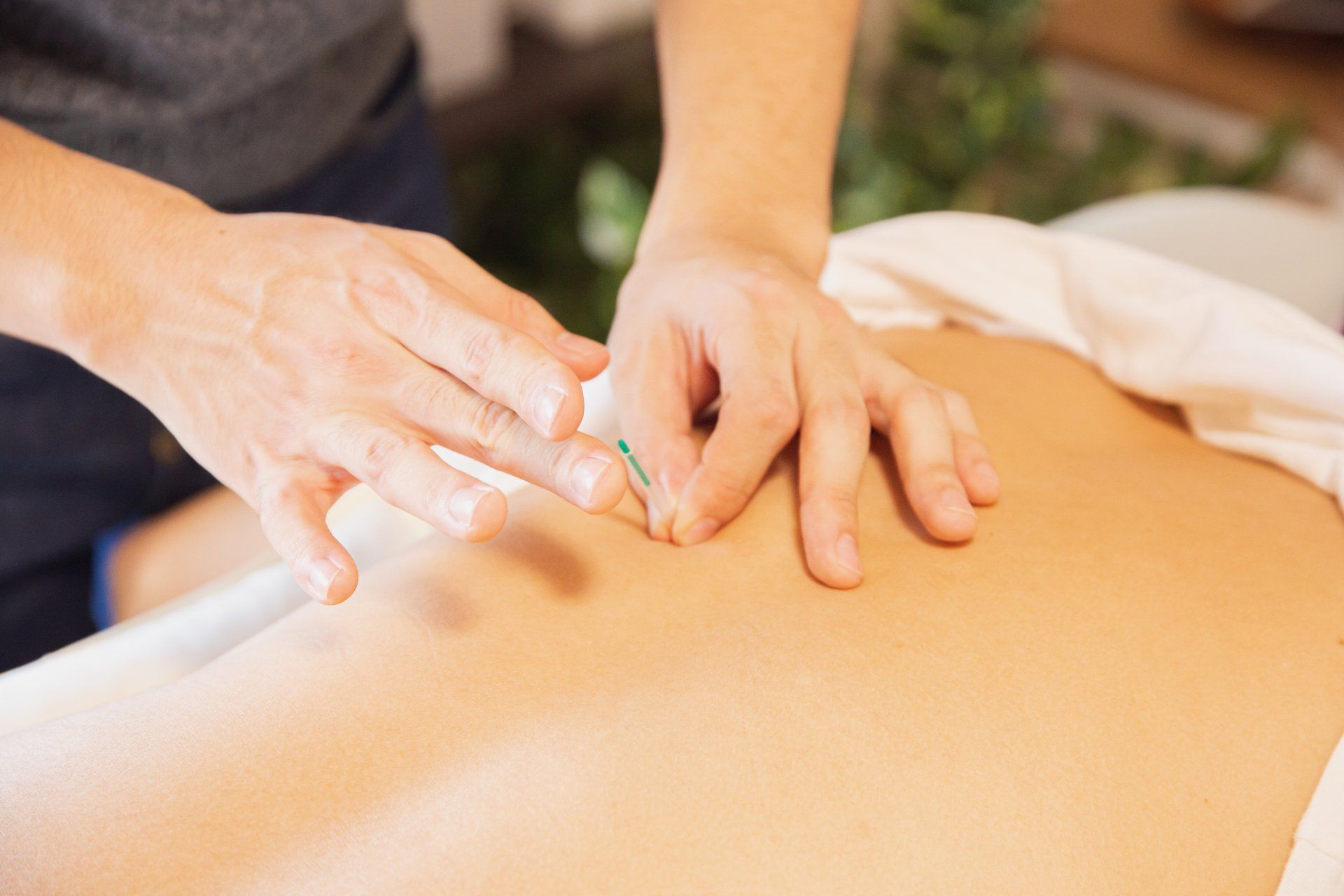Benefits of a Postpartum Massage
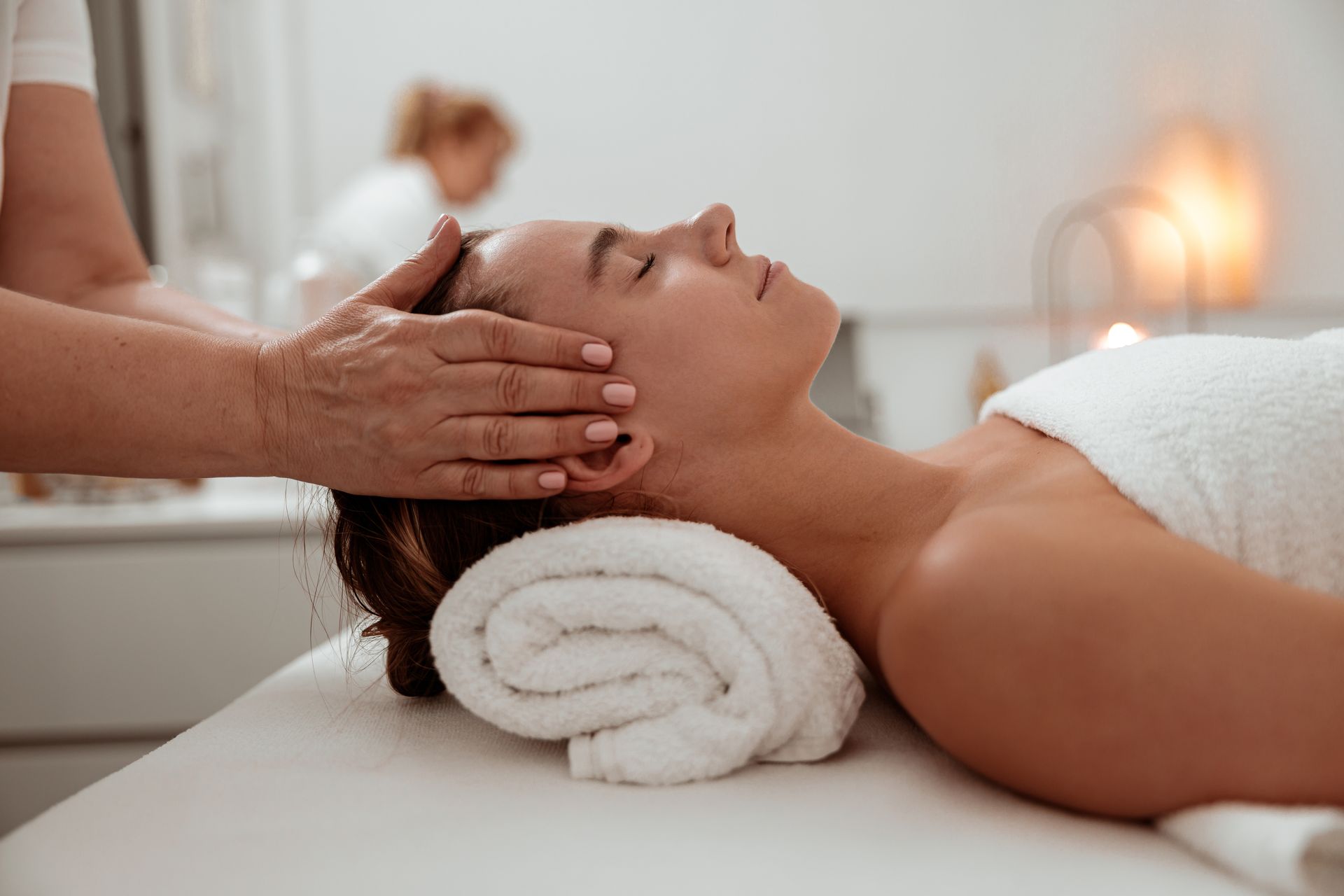
Here at Pulling Down the Moon, we celebrate everyone who has been able to reach that goal of a healthy pregnancy and a wiggling bundle of joy. We also grieve with those who have struggled with the agony of miscarriage or stillbirths. The range of emotions flowing through our fertility community is vast, and our team is here to provide support for you, wherever you find yourself along the path. One of the most healing and beneficial holistic fertility services we provide is massage therapy; with a focus on the healing benefits of postpartum massage therapy following any pregnancy outcome. Regardless of whether you are a sleep-deprived new mom wondering when your next shower will be, or you are physically and emotionally trying to heal after a miscarriage, postpartum massage is incredibly beneficial. As always, if you have any questions, don’t hesitate to reach out to us.
What is Postpartum Massage?
Specifically, it is a therapeutic massage modality tailored to help women recover throughout the first 12 weeks after giving birth. Postpartum massage is just one aspect of our holistic postpartum care services. Your body has spent the previous several months undergoing enormous biomechanical, hormonal, and emotional changes. The process of “getting back to normal” after a pregnancy is a whole new journey. Postpartum massage involves lighter pressure and broad-stroke bodywork to facilitate relaxation and pain relief. This is how our licensed massage therapists can help you accelerate recovery after a vaginal birth or a c-section.
What are the Benefits of Postpartum Massage?
Multifaceted post-pregnancy recovery involves a lot of different aspects that postnatal massage can address directly. Over the past three decades, science has been catching up with the vast store of both Eastern and Western holistic healing traditions that include massage therapy as a modality. We know massage works, and scientists are uncovering the specific biomechanical mechanisms that empower women through postpartum massage, including:
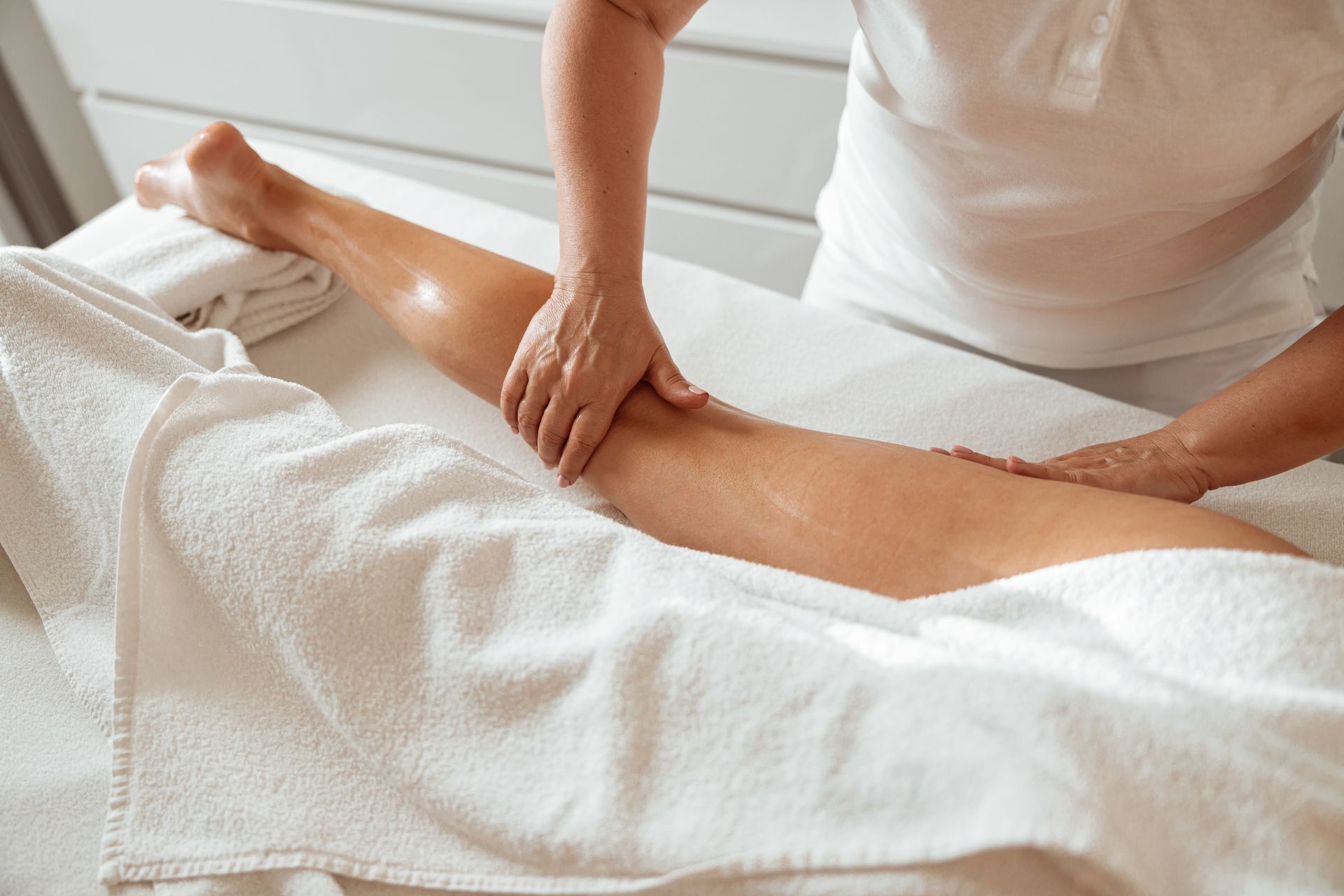
1. Pain Relief
Pelvic pain, leg pain, back pain, shoulder pain, arm pain, and general achiness are common after a pregnancy. And many new moms have neck pain that leads to headaches from breastfeeding or bottle feeding. A wide range of studies show that targeted postpartum massage can help with drug-free pain relief in all of these areas.¹ Harvard researchers have established that massage therapy regenerates sore, injured muscles and tissues, reduces inflammation, and promotes the body's natural healing and pain relief mechanisms.²
For instance, massage therapy releases the body’s natural pain-relief endorphins into the bloodstream while relaxing tight, sore muscles. Massage therapy provides the pain relief and healing women need to return to regular activity levels faster, and to decrease or avoid the need to rely on pain relief medications.
2. Relaxation and Stress Reduction
Stress and anxiety can overtake the joy of being a new mom, or compound the struggle of recovering after a miscarriage. Letting stress go untreated can have all kinds of negative health impacts³ during a time when you want to be as mentally healthy and present as possible. Fortunately, the same previously mentioned meta-studies on massage therapy show significant improvement in stress and anxiety relief for women postpartum. The physical mechanisms of reducing tension in the muscles and reducing pain have a natural calming effect. If you are struggling with emotional turmoil and postpartum depression after having your baby, help is available! In addition to massage, studies show that acupuncture can help relieve postpartum depression as well.⁴
3. Hormone Regulation
Going from trying to conceive to pregnancy, and from pregnancy to delivery, is a hormonal rollercoaster ride that can rival any amusement park offering. The stress and exhaustion that hits after delivery, as well as the natural process of the body recovering post-pregnancy, can cause hormone spikes and dips that are linked to poor sleep, inability to lose weight, depression, and pain perception. This rollercoaster ride, as well as physical aches and pains, can also clog the lymphatic system, causing toxins to build in your body, further disrupting healthy hormone regulation. Lymphatic massage and postpartum massage can help your body flush out toxins and balance your hormones through targeted touch and strokes that improve levels of feel-good hormones like dopamine, endorphins, and serotonin. This can boost your mood, promote relaxation, strengthen your immune response, and enhance your ability to get quality sleep.
4. Better Sleep
Speaking of improved sleep, the science is clear: sleep deprivation is dangerous to you and those around you. It can blunt your immune system, interfere with weight regulation, increase the incidence of cardiovascular disease and diabetes, and cause accidents that stem from inattention and distraction.⁵ And by now, it’s easy to connect the dots between pain, stress, hormones, and sleep regulation for postpartum women. Whether you are up at all hours trying to feed and calm your baby, or anxiety and depression after a miscarriage have your brain wound up so tightly that it’s hard to relax into a restful sleep state, postpartum massage can help! By relaxing you both physically and mentally, massage can help you make the most of those precious head-to-pillow moments, which will help you recover and move forward feeling more rejuvenated when you wake up.
5. Increase Milk Production
A lot of factors go into successful lactation. It seems so natural for some moms, while it can be a stressful and even painful experience for others. If you are struggling, be assured that you are not alone, and there is no reason for you to feel guilty! You are doing your best! A postpartum massage could be the thing that helps the lactation process flow more smoothly and productively because of its ability to regulate hormones, reduce stress, and relieve pain. In fact, a recent study indicated that specialized postpartum massage could help specifically with breastfeeding by reducing breast pain.⁶
When Should You Start Postpartum Massages?
You can receive your first postpartum massage starting the day after delivery, and anytime you need it during the first 12 weeks postpartum. Naturally, this depends on your needs and comfort level, but generally, we recommend trying to schedule your first postpartum massage sometime within the first four days postpartum.
What Positions Are Safe for a Massage?
After delivery, most positions are safe for receiving a massage, but our LMTs can help you adjust into comfortable positions based on your needs, such as after a c-section. Our cushions have breast and belly cut-outs for lactating women or those who have had c-sections. You can even receive a great postpartum massage lying on either side, which is especially helpful when our massage therapists treat pelvic, leg, or shoulder pain. Your comfort and relaxation during the massage is extremely important!
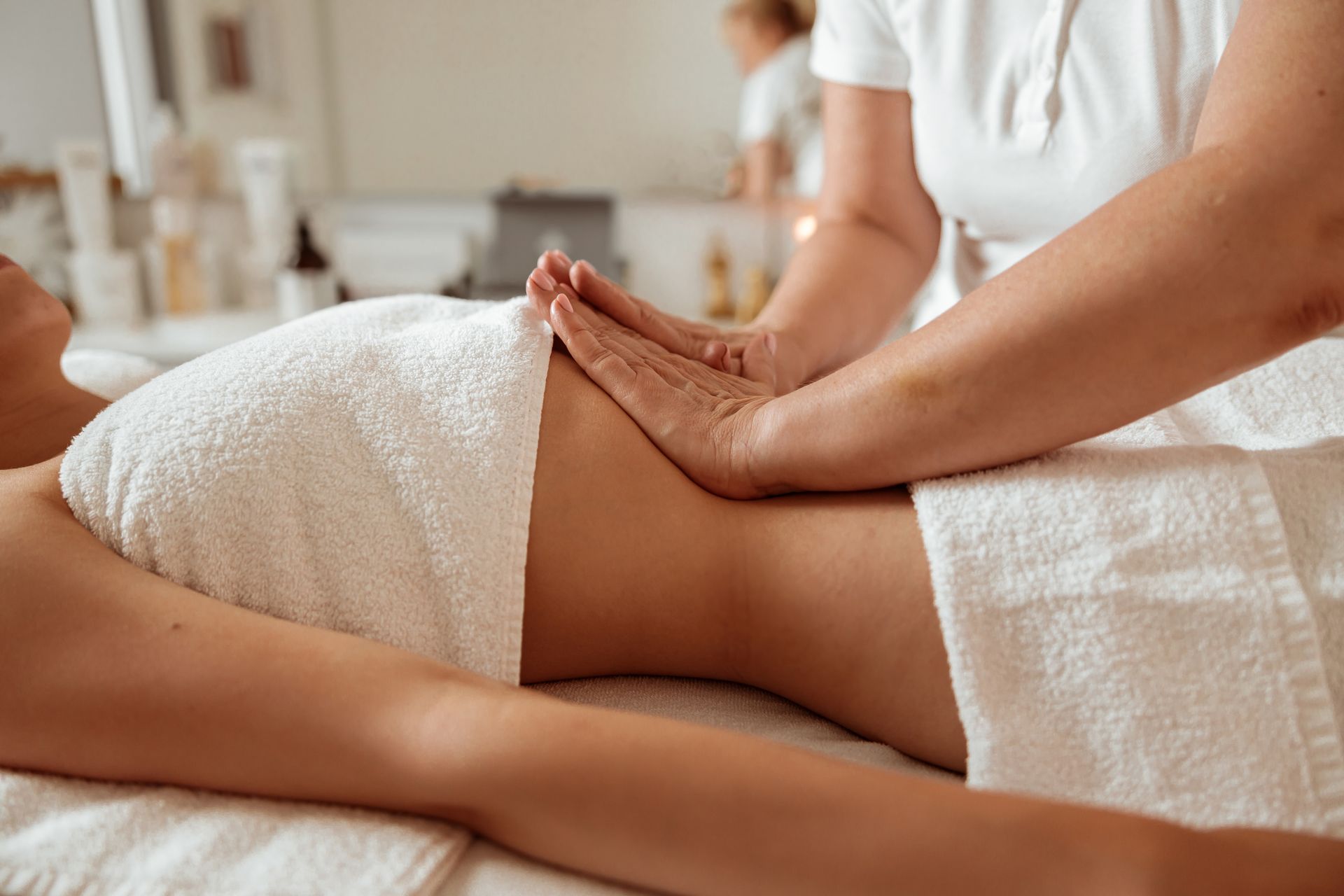
What Should I Do with My Baby During the Massage?
If you can come to the appointment on your own, this will give you some much-needed “me time” to relax and receive a healing postpartum massage without distractions. We do understand, however, that you might be breastfeeding and need to bring the baby. Talk with us ahead of time and we can make arrangements!
How to Choose a Qualified Massage Therapist?
Both prenatal and postnatal massage techniques are specialized modalities, and it’s important to choose a licensed massage therapist (LMT) with special training to help women as their bodies change and adapt. Our licensed massage therapists have incredible expertise in fertility-enhancing massage therapy (also called FEM protocol), which is a pre-pregnancy massage therapy designed to help women along their journey to getting pregnant.
Our massage therapists are also trained in Mercier therapy for women with abdominal and pelvic trauma, before or after pregnancy. We are also trained in specialized massage therapy for women undergoing IVF stimulation, with a particular understanding of both the benefits and care that must be taken during that time to reduce risks and enhance the chances of a positive pregnancy outcome.
Schedule an appointment with one of our amazing licensed massage therapists at any point during your fertility journey. Your body and mind will thank you.
Research
¹Pachtman Shetty, Sarah L., and Sarah Fogarty. “Massage during Pregnancy and Postpartum.” Clinical Obstetrics & Gynecology, vol. 64, no. 3, 8 July 2021, pp. 648–660, https://doi.org/10.1097/grf.0000000000000638. Accessed 25 Sep. 2021.
²Communications, Lindsay Brownell Wyss Institute. “Massage Helps Injured Muscles Heal Faster and Stronger.” Harvard Gazette, 6 Oct. 2021, news.harvard.edu/gazette/story/2021/10/massage-helps-injured-muscles-heal-faster-and-stronger/.
³American Psychological Association . “How Stress Affects Your Health.” Apa.org, 31 Oct. 2022, www.apa.org/topics/stress/health.
⁴Armour, Mike, et al. “Acupuncture for Depression: A Systematic Review and Meta-Analysis.” Journal of Clinical Medicine, vol. 8, no. 8, 31 July 2019, p. 1140, https://doi.org/10.3390/jcm8081140.
⁵Finan, Patrick. “The Effects of Sleep Deprivation.” Johns Hopkins Medicine Health Library, 2019, www.hopkinsmedicine.org/health/wellness-and-prevention/the-effects-of-sleep-deprivation.
⁶Anderson, Loretta, et al. “Effectiveness of Breast Massage for the Treatment of Women with Breastfeeding Problems.” JBI Database of Systematic Reviews and Implementation Reports, vol. 17, no. 8, Aug. 2019, pp. 1668–1694, journals.lww.com/jbisrir/Abstract/2019/08000/Effectiveness_of_breast_massage_for_the_treatment.14.aspx, https://doi.org/10.11124/jbisrir-2017-003932.
Meet Meredith Nathan
View Profile: Director of Massage at Pulling Down the Moon
Meredith Nathan, L.M.T., graduated with honors from Northwestern University and the Chicago School of Massage Therapy. She's certified in Gynovisceral Manipulation, Lymphatic Drainage Technique, CranioSacral Therapy, and Prenatal Massage, with additional training from the Upledger Institute and Mercier Training Institute. In 2008, she developed the Fertility Enhancing Massage (FEM) Protocol™, and in 2017, she became an approved provider of Continuing Education in Fertility Massage with the NCBTMB. Meredith received the AMTA’s 2018 Pioneer Award, and her work has been featured in Massage Magazine, Conceive Magazine, and 'Fully Fertile: A 12 Week Holistic Plan for Optimal Fertility'. She's committed to empowering women and families for optimal health, blending holistic modalities with modern science. As a fertility baby herself, Meredith is dedicated to helping patients become parents and setting new standards in holistic fertility.
